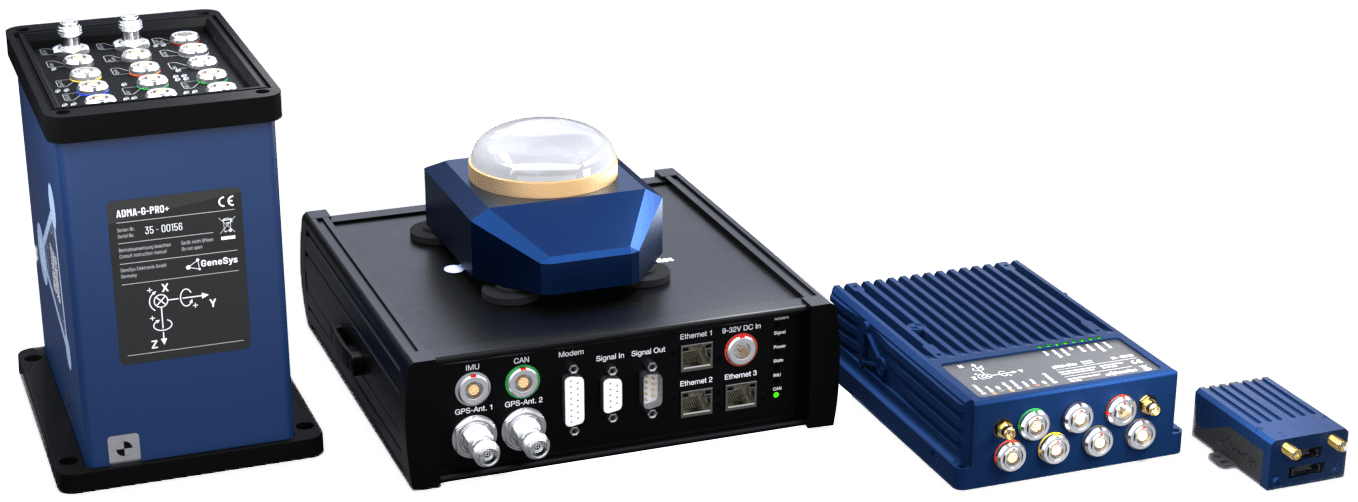GNSS Reception dependency
The documentation states that the ADMA requires an initialization drive to calibrate its internal Kalman filter. The Kalman filter consists of three data channels that indicate the current initialization status. The purpose of the initialization drive is to ensure optimal performance of the ADMA, especially in scenarios where there are GNSS (Global Navigation Satellite System) outages or poor GNSS reception.
In cases where there are anticipated GNSS outages or bad GNSS reception during the measurement drive, it is recommended to fully initialize the ADMA to 100%. A fully initialized ADMA will provide maximum performance under such challenging GNSS conditions.
However, when the measurement drives are conducted under open sky conditions with good GNSS reception, a 30% initialization is sufficient. This means that the ADMA can be partially initialized before the test drive, and the initialization process continues during the drive.
Additionally, if a dual antenna system is used and the GNSS conditions are good, it may be possible to start the test drives without any initialization. However, it is still recommended to have a minimum initialization of 30% if feasible.
In summary, the level of initialization required for the ADMA depends on the anticipated GNSS conditions during the measurement drives. A fully initialized ADMA at 100% is recommended for scenarios with expected GNSS outages or poor reception, while a 30% initialization is sufficient for measurement drives conducted under good GNSS conditions.

Indication data channels
The following data channels indicate the initialization status of 3 different motion states the kalman filter needs to calibrate:
| NAME | UNIT | DESCRIPTION |
|---|---|---|
| KF_Lat_stimulated | % | Kalman filter initialization status in percent |
| KF_Long_stimulated | % | Kalman filter initialization status in longitudinal axis, in percent |
| KF_steady-state | % | Kalman filter bias estimates initialization status, in percent |
This means, the ADMA should receive acceleration in the x-axis, in the y-axis and constant motion states during the initialization drive. The more dynamic the acceleration, the quicker the system initializes.
Offset Validation via Kalman Filter Status
In addition to initializing the Kalman filter, the initialization procedure can also serve as a validation for the offset configuration. If the Kalman filter status channels stop increasing by 80%, it suggests that one of the following settings could be incorrect or require optimization:
• Wrong Roll / Pitch / Yaw offsets → Execute Auto Roll/Pitch alignment and check the yaw angle offset at menu 6 – Parameters and restart the measurement
• Wrong Mounting offsets primary GNSS antenna to ADMA → Consolidate mounting offsets


